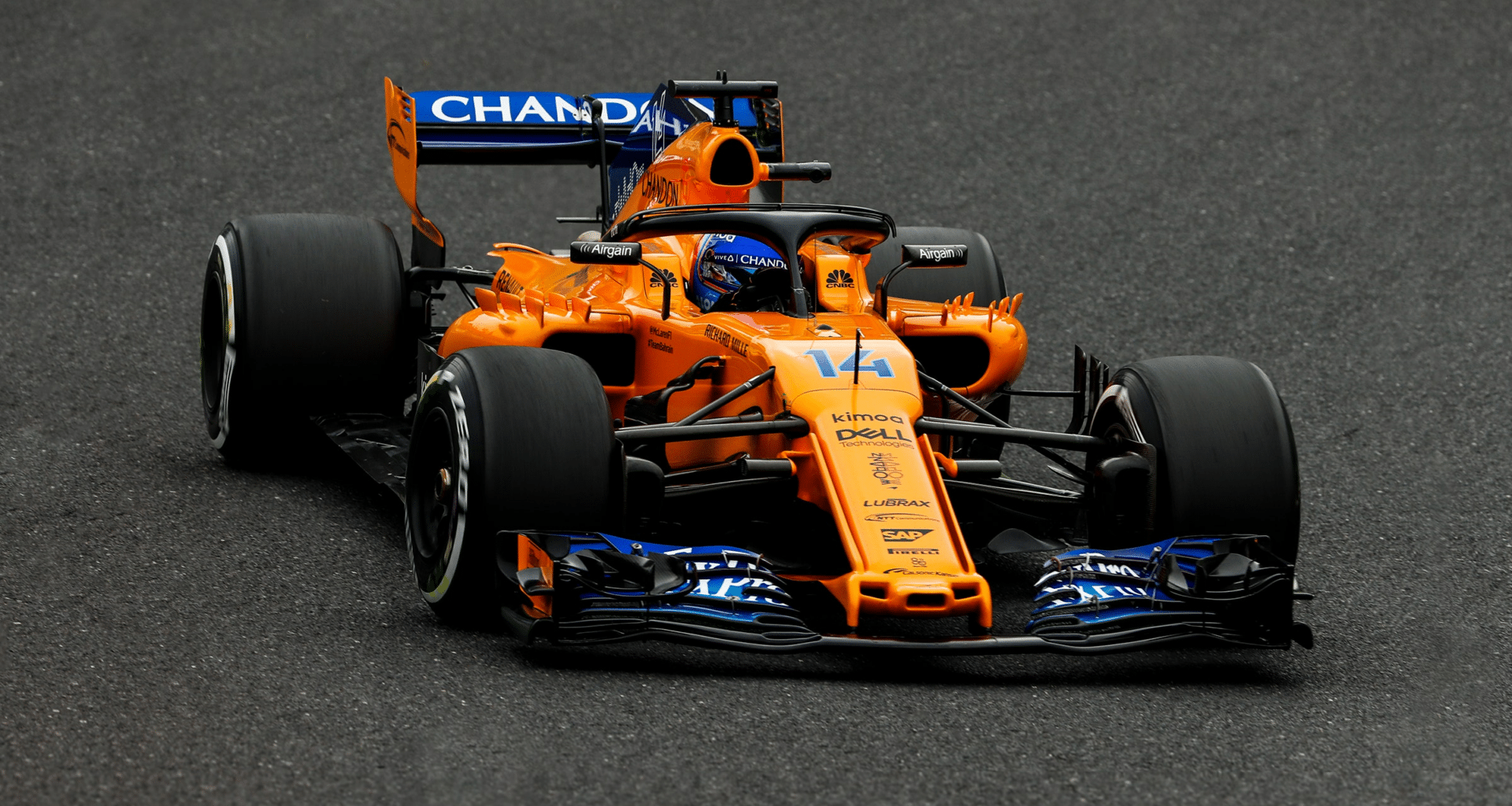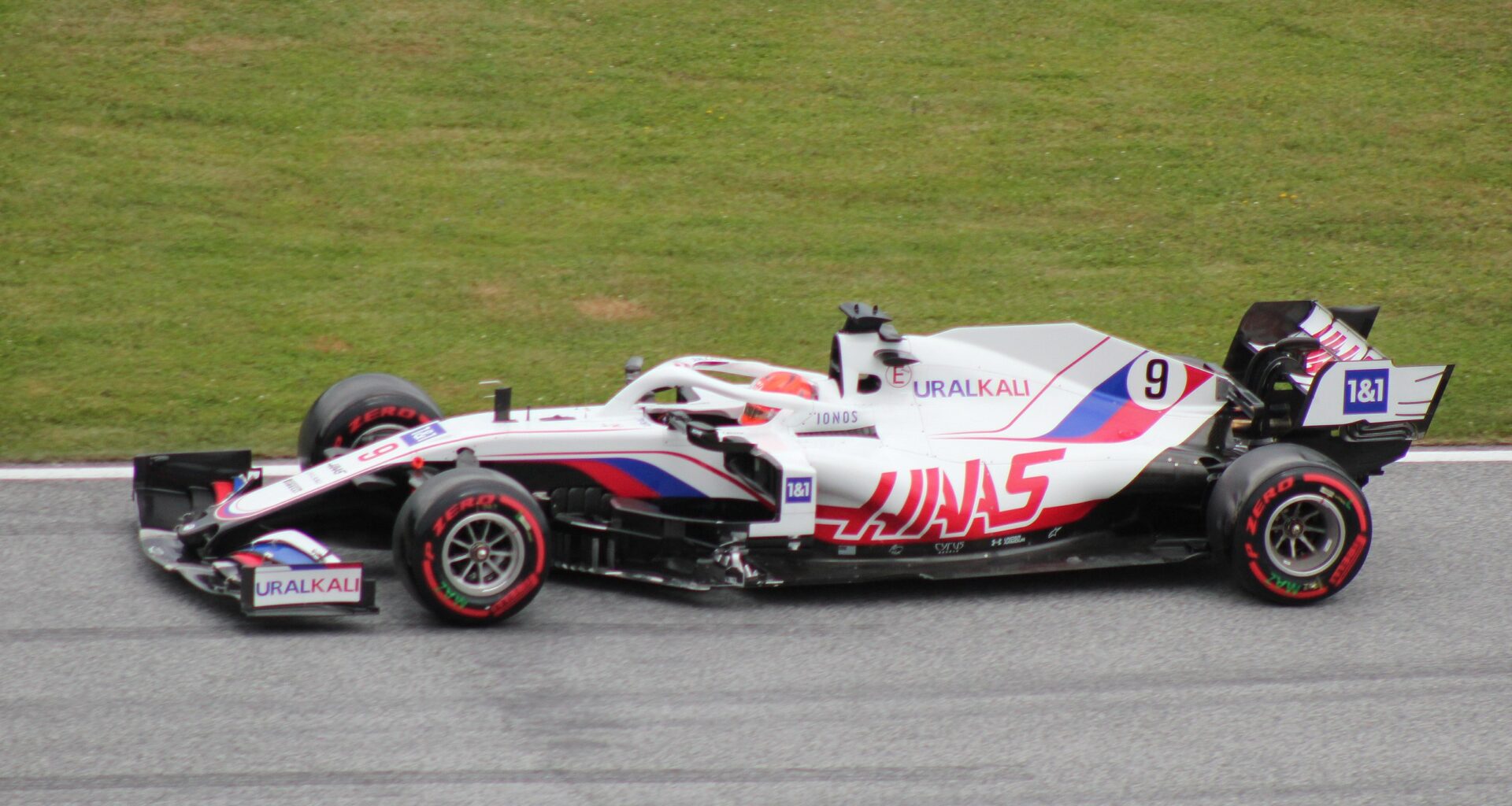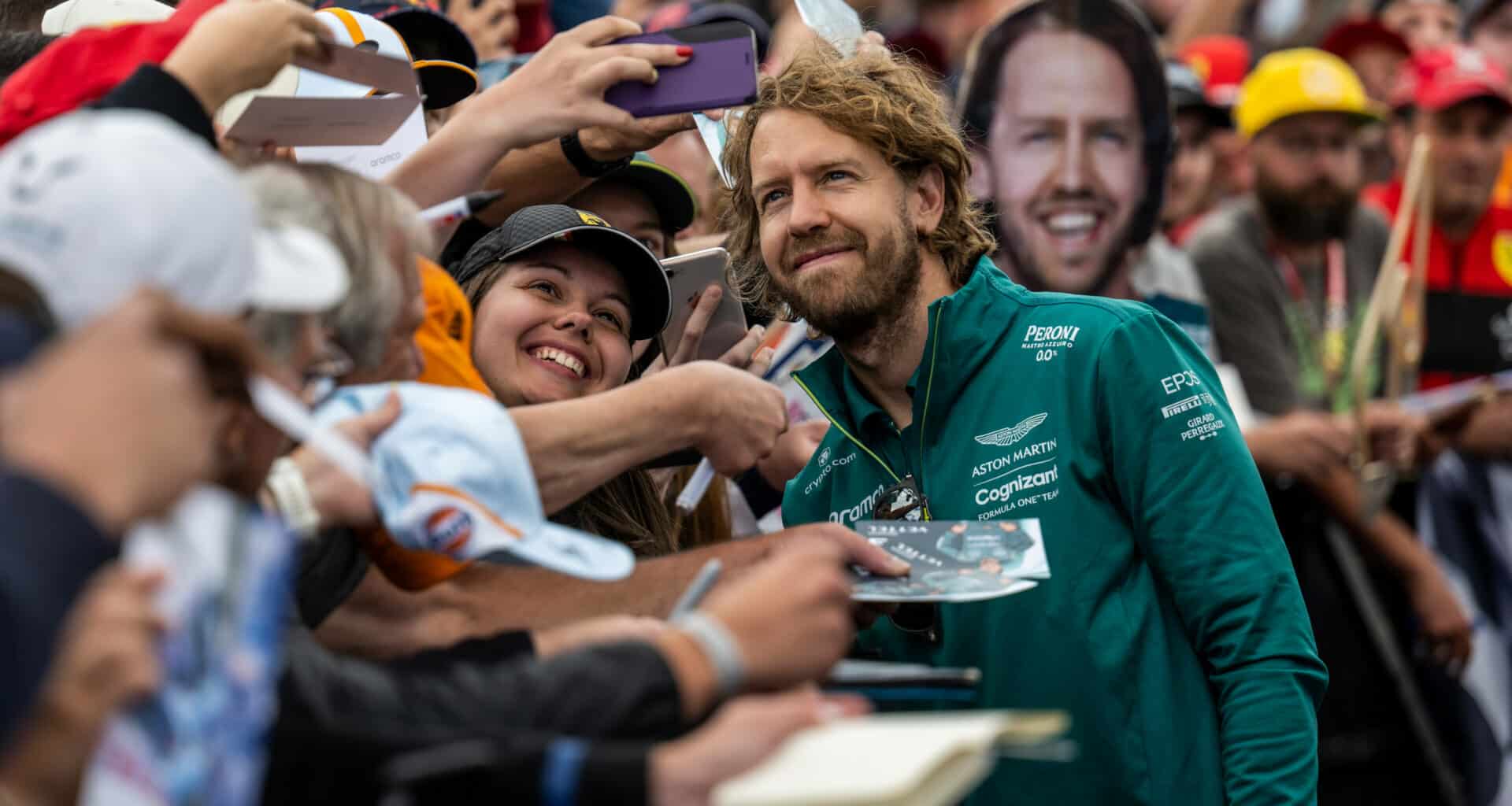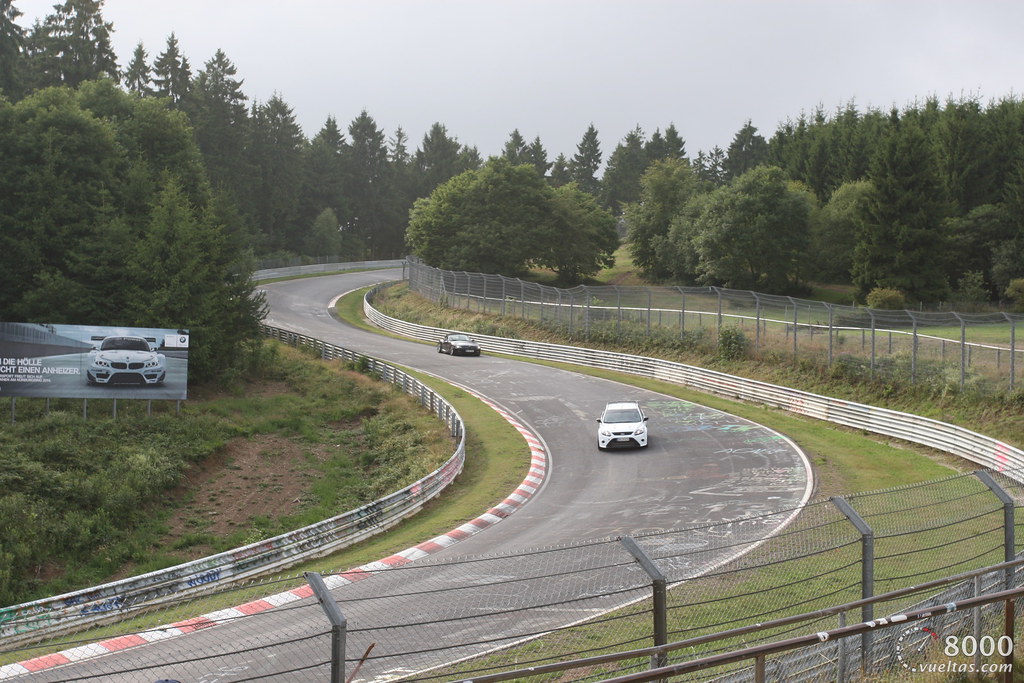Graining is a term used in Formula 1 to describe the degradation of the tyre over the course of a stint. It occurs when strips of rubber are torn from a tyre and then immediately stick back onto the hot surface of that tyre, creating an uneven, irregular surface that makes braking and cornering difficult while reducing grip and traction. Graining happens when tyres are lower than the optimal working temperature and bits of the tyre rip off and stick to the tyre itself due to heat from the tyre, track, or both
Graining
Rubber strips that have been pulled from a tire and then stuck back onto its heated surface cause graining, which results in an uneven and irregular surface. This lowers the grip and traction of the tire, making it difficult to brake and corner. Graining happens when the tire is slipping laterally and is more likely with softer tires. Although graining is typically a temporary issue, it can interfere with practice or qualifying sessions.
Due to the high temperatures of both the tires and the track, graining occurs when chunks of rubber are torn away from the tire’s surface and then stick back to the tire. This results in a surface that is lumpy and uneven, which decreases the tire’s ability to grip the track, making driving less safe and predictable. Graining is more noticeable on hotter days because the hotter surface will encourage more scrap rubber to adhere to the tires’ surface.
Drivers can utilize harder tires on hot days, change their tires before they wear out too much, or drive more cautiously when a tire has substantial graining. While graining can influence a car’s performance and a driver’s abilities, it is normally not a severe risk for F1 drivers. Given their expertise, they are aware of the consequences of graining on their performance. For F1 teams striving to improve their performance, graining may be a hindrance, but it is a challenge they must get over in order to record the quickest speeds.
To put it simply, graining in F1 tires happens when rubber strips are pulled from a tire and subsequently attach back onto that tire’s hot surface, producing an uneven and irregular surface. This lessens the tire’s grip and traction, making it challenging to brake and turn. Softer tires are more prone to graining, which is typically a temporary issue. While it can influence a driver’s performance, it is not normally a severe hazard and can be combated by replacing tires or utilizing tougher tires on hot days.





